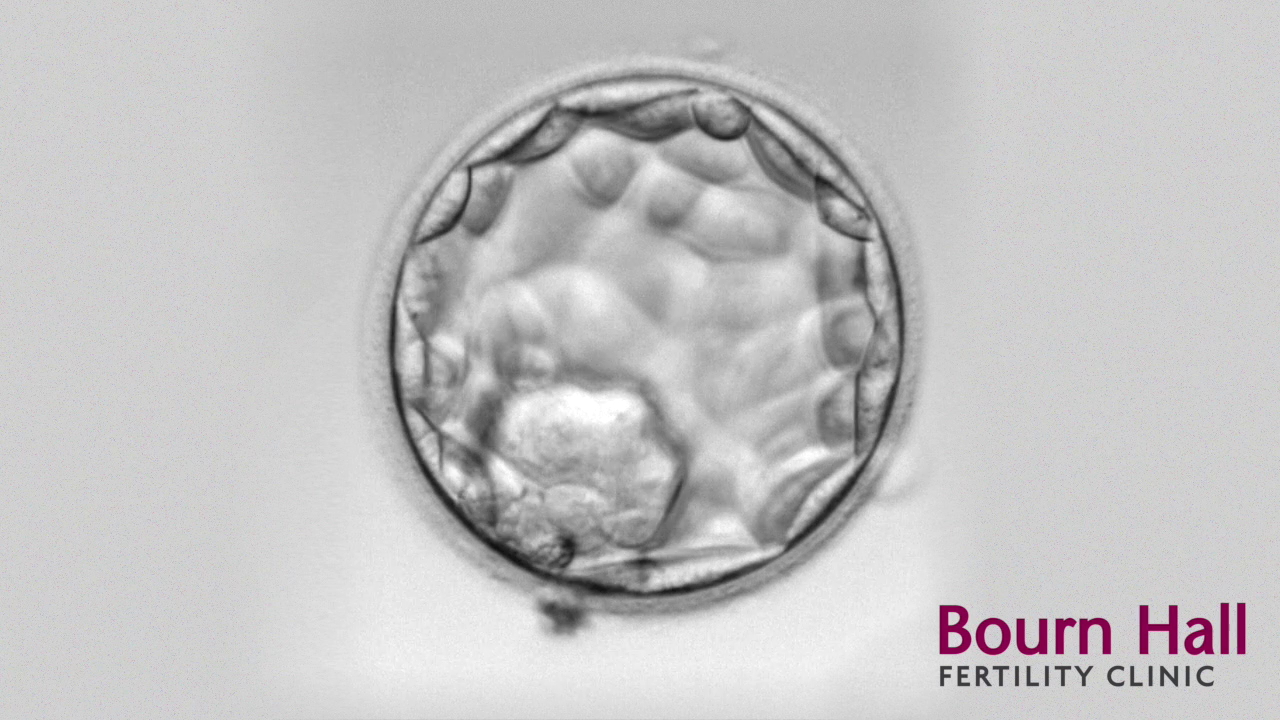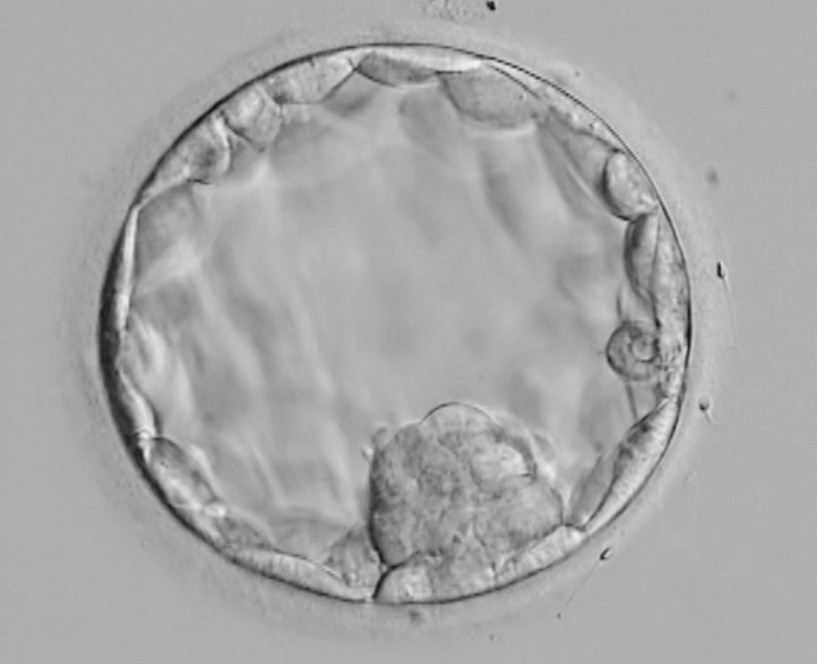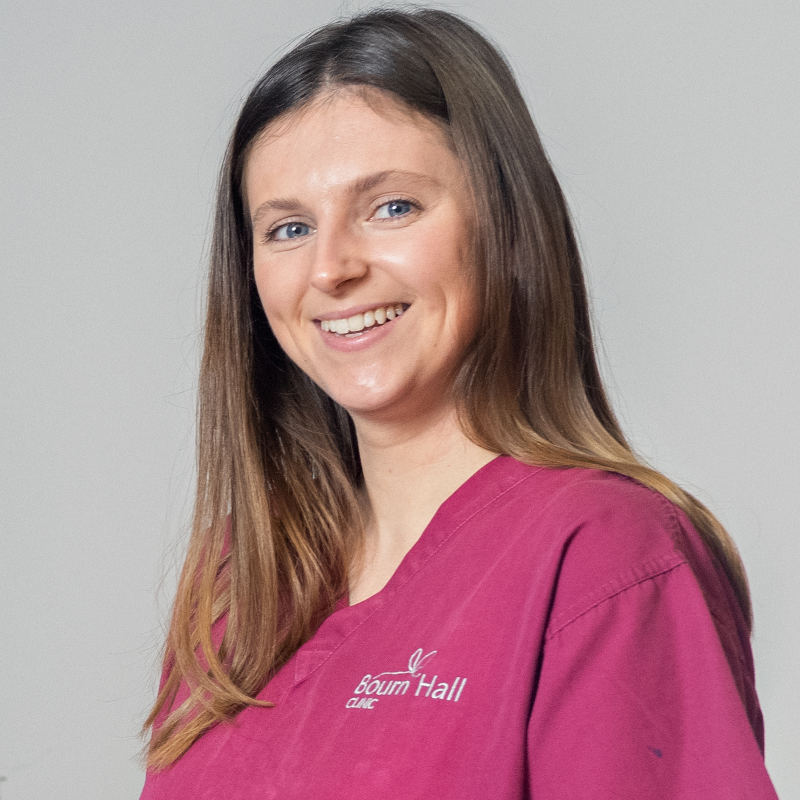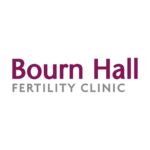Choosing the best embryo to transfer to the womb is crucial to the success of any IVF treatment, writes Rebecca Oakley, embryologist at Bourn Hall Clinic in Wickford.
While several techniques have emerged over the past few decades to help the embryologist’s decision, perhaps the most exciting has been the introduction of time-lapse technology.
In a normal incubator, a dish of embryos sits inside its own individual chamber. In a time-lapse incubator, each chamber is additionally fitted with its own dedicated camera that captures images of embryos within the dish every 5 minutes, 24 hours a day. These images are then merged together with specialised software, so that they can be played as a continuous time-lapse video.
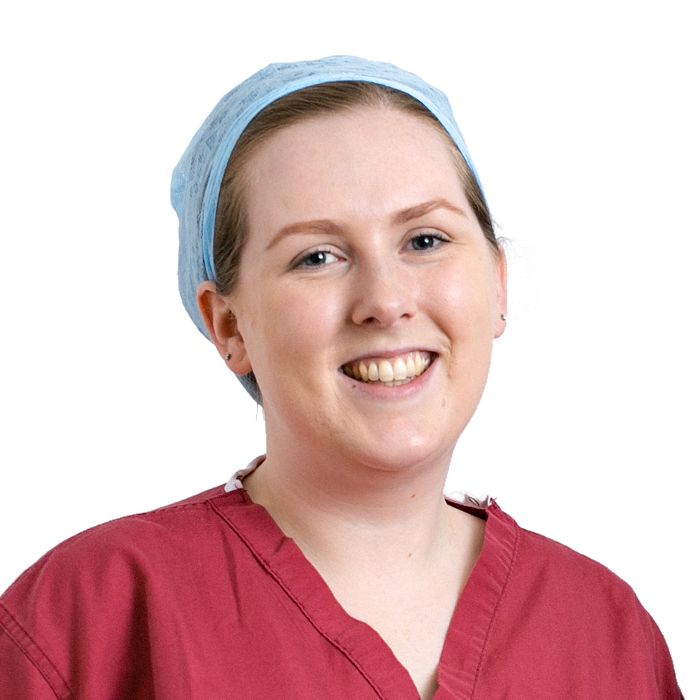
Advantages of time-lapse technology
Use of incubators fitted with time-lapse technology offers a number of benefits:
- The embryos are not disturbed as they grow, whereas traditionally they must be removed in order to be graded
- We are able to study embryo development in greater detail, as we can rewind and fast-forward each video
- We can identify any ‘unusual’ behaviour, as well as measure how long embryos take to reach certain developmental stages, for example, how long it takes for an embryo to reach the 4-cell stage
The development of time-lapse incubators has therefore led to a really exciting time in the field of embryology, as we try to work out whether the timings and patterns of embryo development might help us to choose the best embryo for transfer.
Improving embryo selection
Traditionally, we choose the best embryo based on their appearance, which has long been proven to be associated with chances of pregnancy. However, time-lapse analysis may actually offer an improved method of embryo selection, either on its own or in combination with traditional grading.
Many time-lapse incubators come with generic ‘algorithms’ that are built into every machine. Algorithms use the timings and patterns of an embryo’s development to predict its chances of resulting in a pregnancy, often assigning it a score to help the embryologist’s decision of which embryo to transfer to the womb.
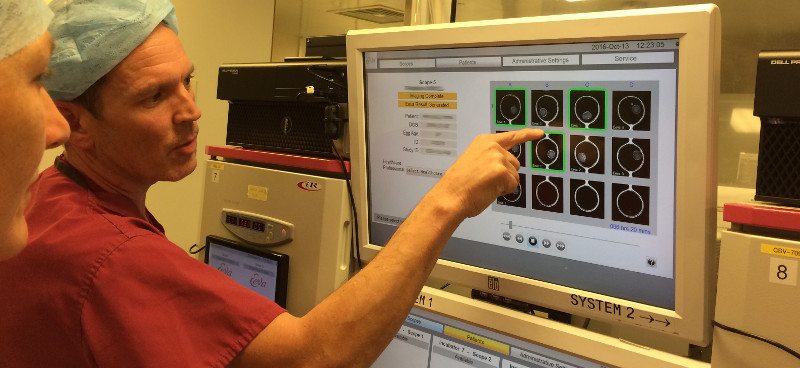
If you are unable to watch the video above you can view it on YouTube here.
At Bourn Hall, our time-lapse incubator is a GERI incubator, and its associated algorithm is known as EEVA (Early Embryo Viability Assessment), which focuses primarily on markers from the first two days of an embryo’s development.
As every laboratory is slightly different, we have been working on creating our own Bourn Hall algorithm, based on data solely from embryos grown in our own GERI incubator.
Early results from this Bourn Hall-specific algorithm show that it can distinguish embryos with a high chance of pregnancy (around 50% chance) from those that have a lower chance of pregnancy (around 20% chance).
Choosing the best embryo
Further testing is still needed, but we hope that ultimately our embryologists will be able to use the algorithm alongside their current expertise to help decide which embryos offer the greatest chance of a successful pregnancy.


